Chromosome Models
Chromosome Models Assignment Help | Chromosome Models Homework Help
Chromosome Models
It is well established that the chromosome contains DNA and protein. The various chromosomes models may be grouped under two head: multiple strand models and single strand models. The requirements for an acceptable model of the chromosome are: (1) that the linear sequence of genes should be preserved, and (2) that replication and segregation of DNA should explained.The various chromosome models may be grouped under two heads:
Multiple strand models and single strand models.
Multiple Strand Models
The multiple sand models are based on the fact that cytologists have observed many strands of varying thickness by different techniques. Fibrils ranging from 30 to 200A, and even 500A, have been seen by various electron microscopists during interphase and mitosis. In the multiple stand models the chromosome is supposed to consist of several DNA-protein strands.Simple multi-stranded model. According to this model the chromosome consists of 64 double helices of DNA arranged in a parallel manner, and twisted together like the strands of a rope. The difficulty with this model is that replication of DNA would involve a large amount of untwisting and untangling.
Ris’multistrand model. According to this model the 20A wide DNA molecule is associated with histone (protein) to form a 40A DNA-histone (nucleoprotein) fibril. Two 40A nucleoprotein fibrils make up a 100A fibril called elementary chromosome fibril.
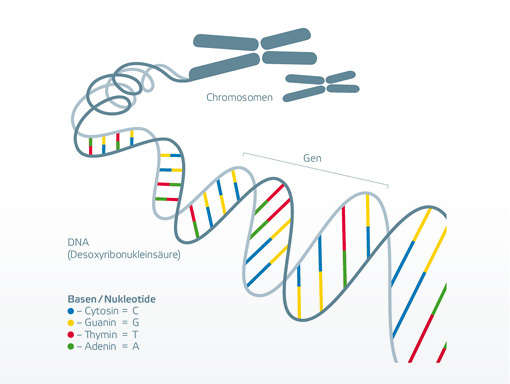
Single Strand Models
Various studies have demonstrated that chromosomes are single stranded. These studies include the stretching of lamp brush chromosomes and action of enzymes on their structure.Tylor’s side chain model or centipede model. Taylor (1957) postulated that the chromosomes consist of a long protein backbone from which DNA coils branch off just like the legs of a centipede.
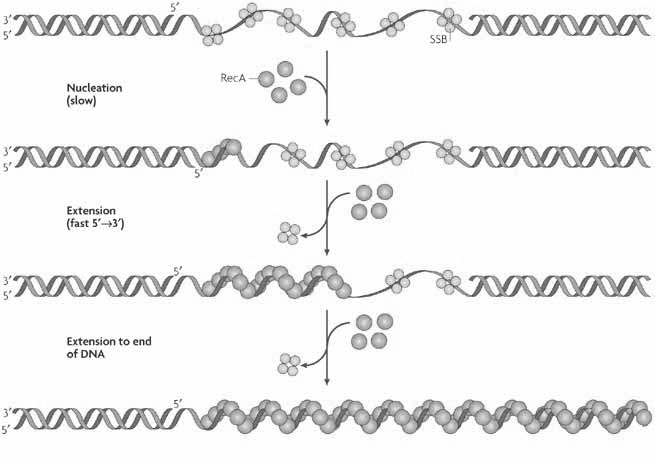
The Freese-Taylor model. According to this model there are two protein spines instead of one. The DNA chains stretch between them like the steps of a ladder. In effect the DNA molecules are kept in position by the protein linkers.
Coiled coil model. According to Nebel and others the chromosome is made up of only a single fibril. This fibril is tightly coiled and the coil is thrown into secondary coils.
Ris’modified model. Ris suggested a modified model according to which the chromosome fibril is folded to form the chromosome. The 20A wide helix is associated with histone (protein) for form a 100A diameter nucleohistone fibril. Folding of the 100A fibril takes place because of calcium bridges to form a 250A diameter basic fibril.
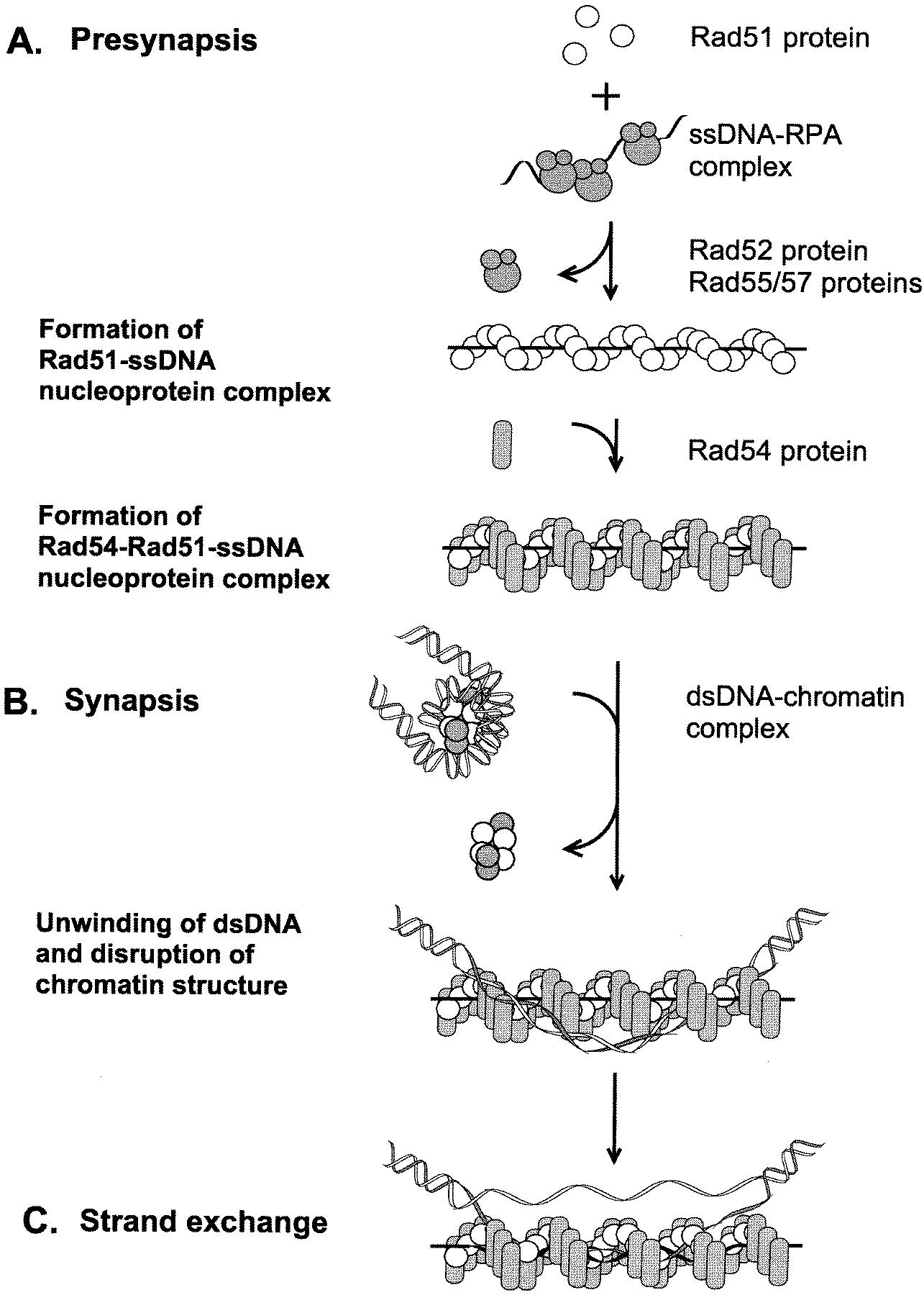
Folded fibre model of DuPraw. DuPraw studied whole mounts of human leucocytes under the electron microscope. The essential features of DuPraw’s folded fibre model are that: (1) the DNA supercoil is packed into a 80-100A Type A fibre, and (2) that the fibre is further coiled to form a 200-350A Type B fibre. DuPraw’s model of DNA-histone association is now considered unlikely by the discovery that DNA itself is looped around histone beads to form nucleosomes.
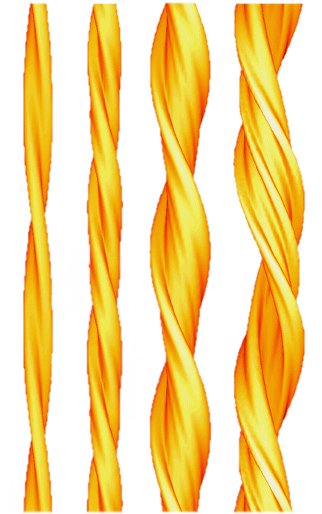
Nucleosomes. The chromosomes of eukaryotes are made up of nucleoprotein material called chromatin.
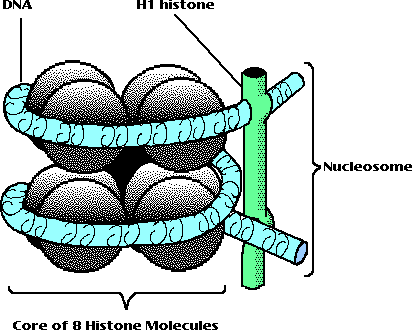
For more help in Chromosome Models please click the button below to submit your homework assignment.